Now what did I do with that damned thing?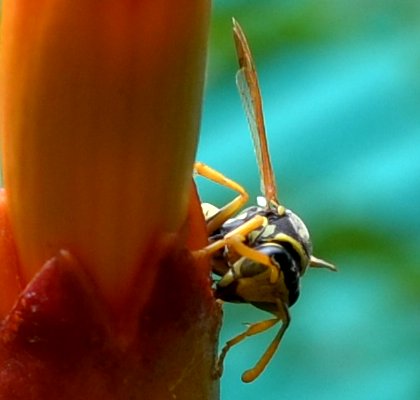
|
I can't do a THING with these antennae!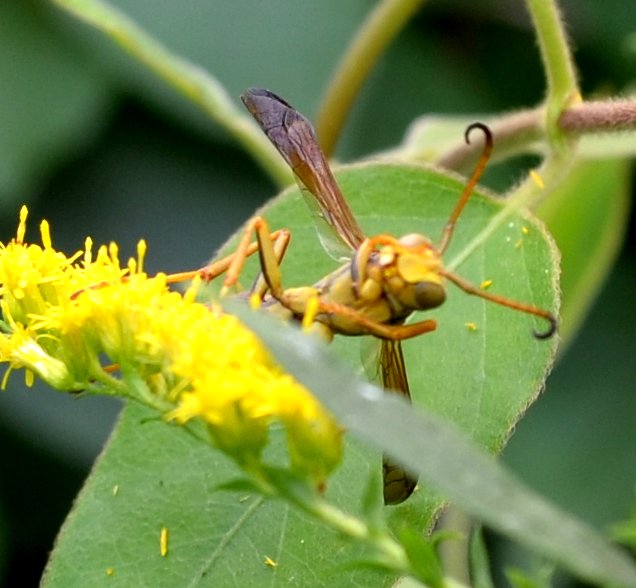
|
I'm in the SHOWER!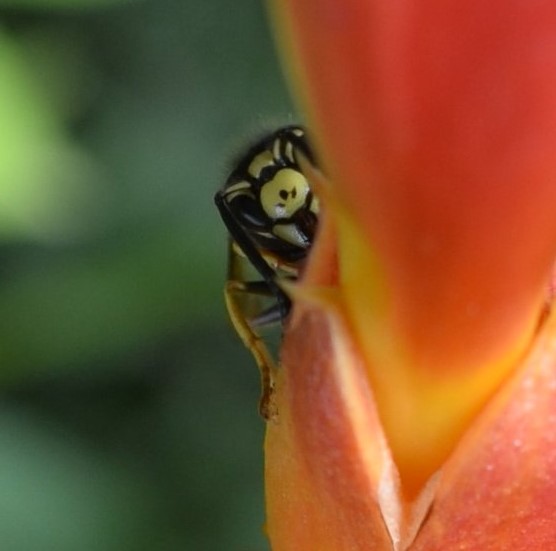
|
Now what did I do with that damned thing?
|
I can't do a THING with these antennae!
|
I'm in the SHOWER!
|
Please sir, can I have some more?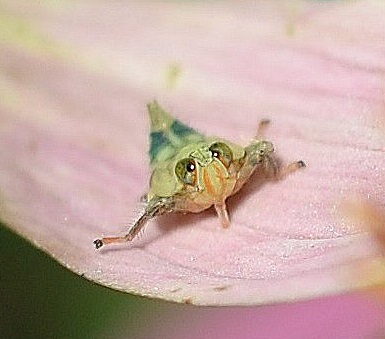
|
Because I'm the red queen and I say so!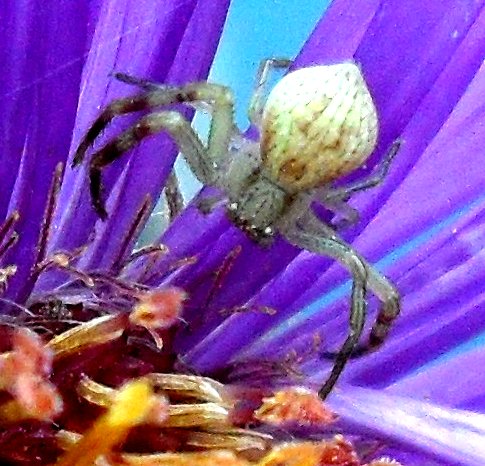
|
So glad you could COME, Mr and Mrs Fly!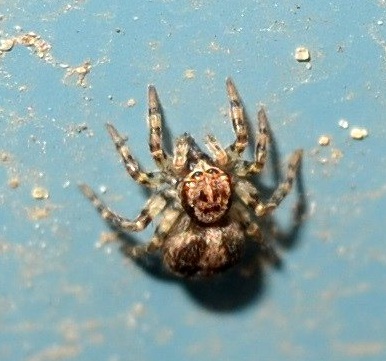
|
Who, me? Stay after school?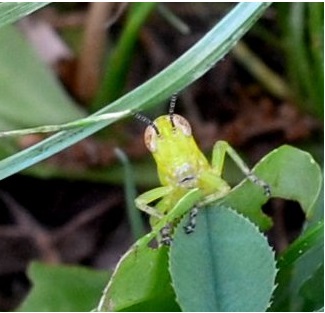
|
I know Nossing! Nossing!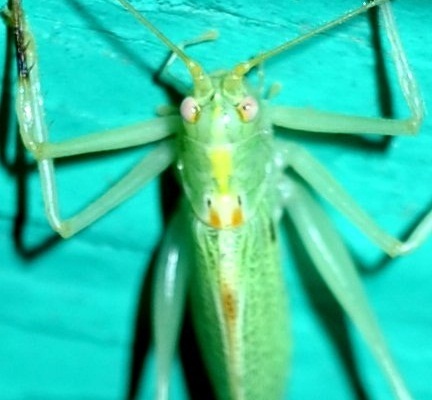
|
I haven't finished shaving!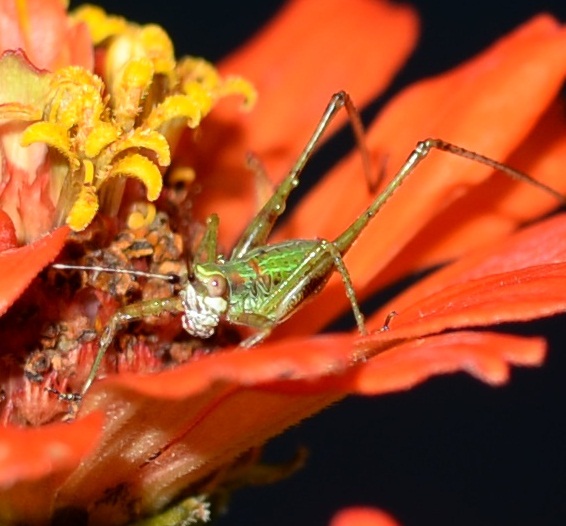
|
Oh God! Those humans are ugggly!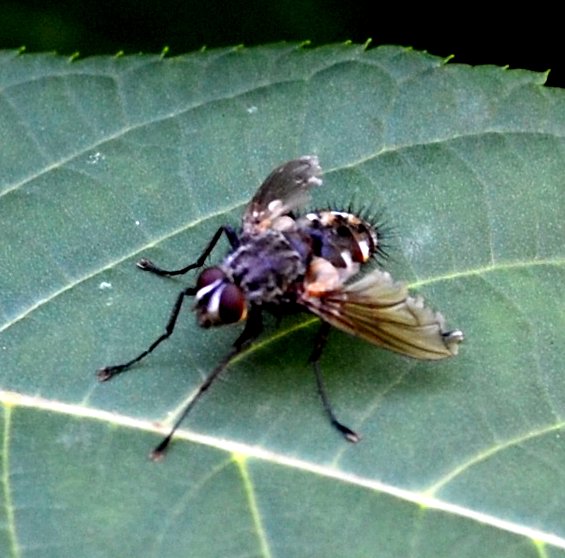 . .
|
Would I look better with a nose job?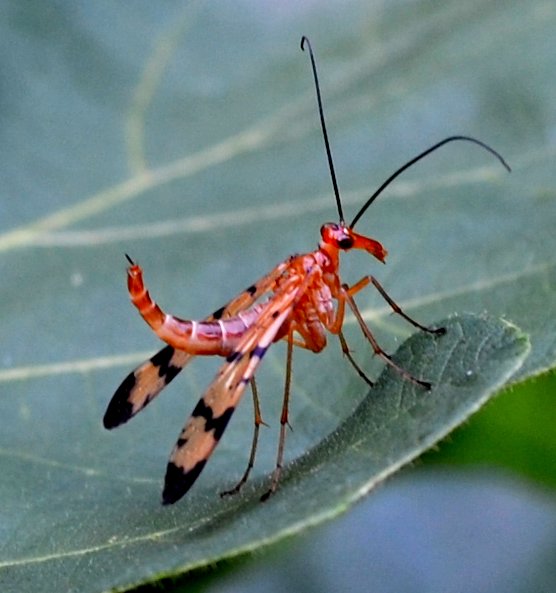
|
Gotta find Timmy.. Gotta find Timmy!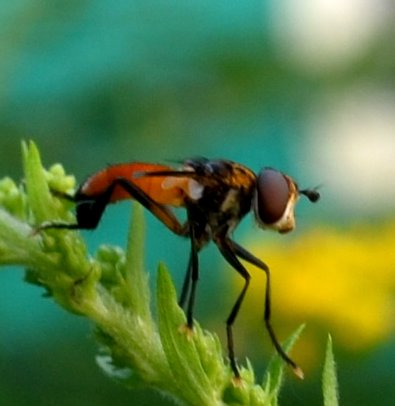
|
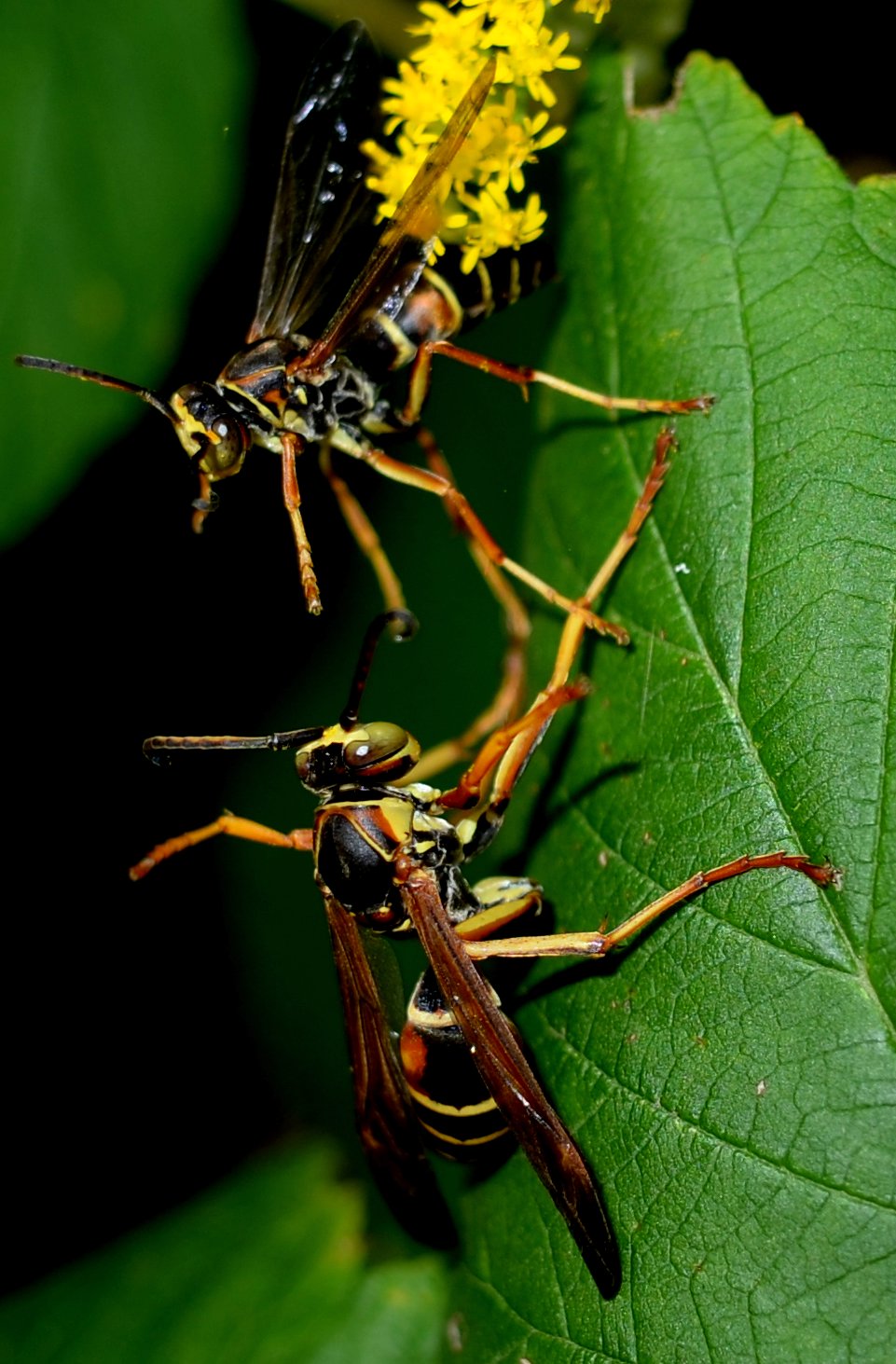
Don't step on me! 5 30 15a.jpg)
|
The USS Enterprise caught in the Tholian Web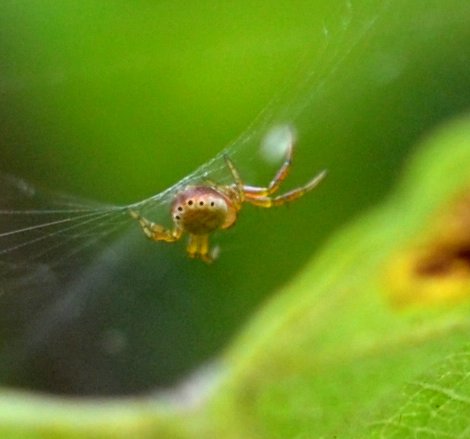
|
It's the seltzer man!
|
I just love a disco!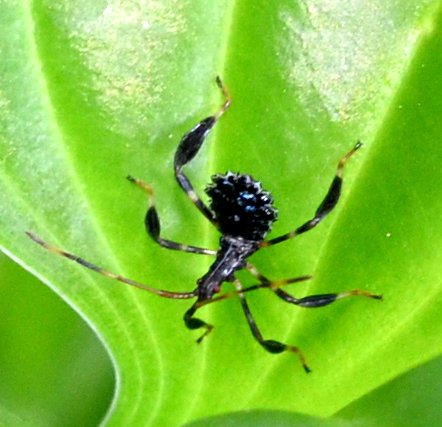
|
I shouldn't have crossed my legs...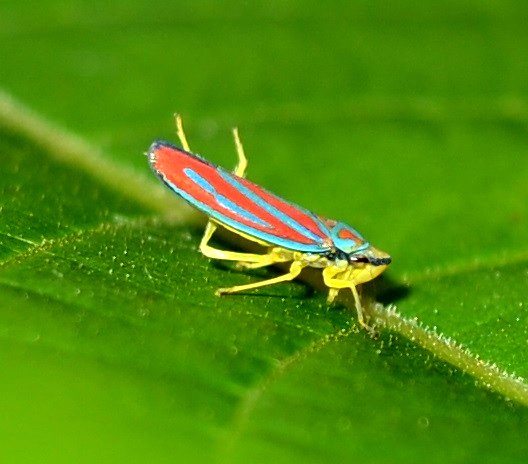
|
Come back Darling! I looove you!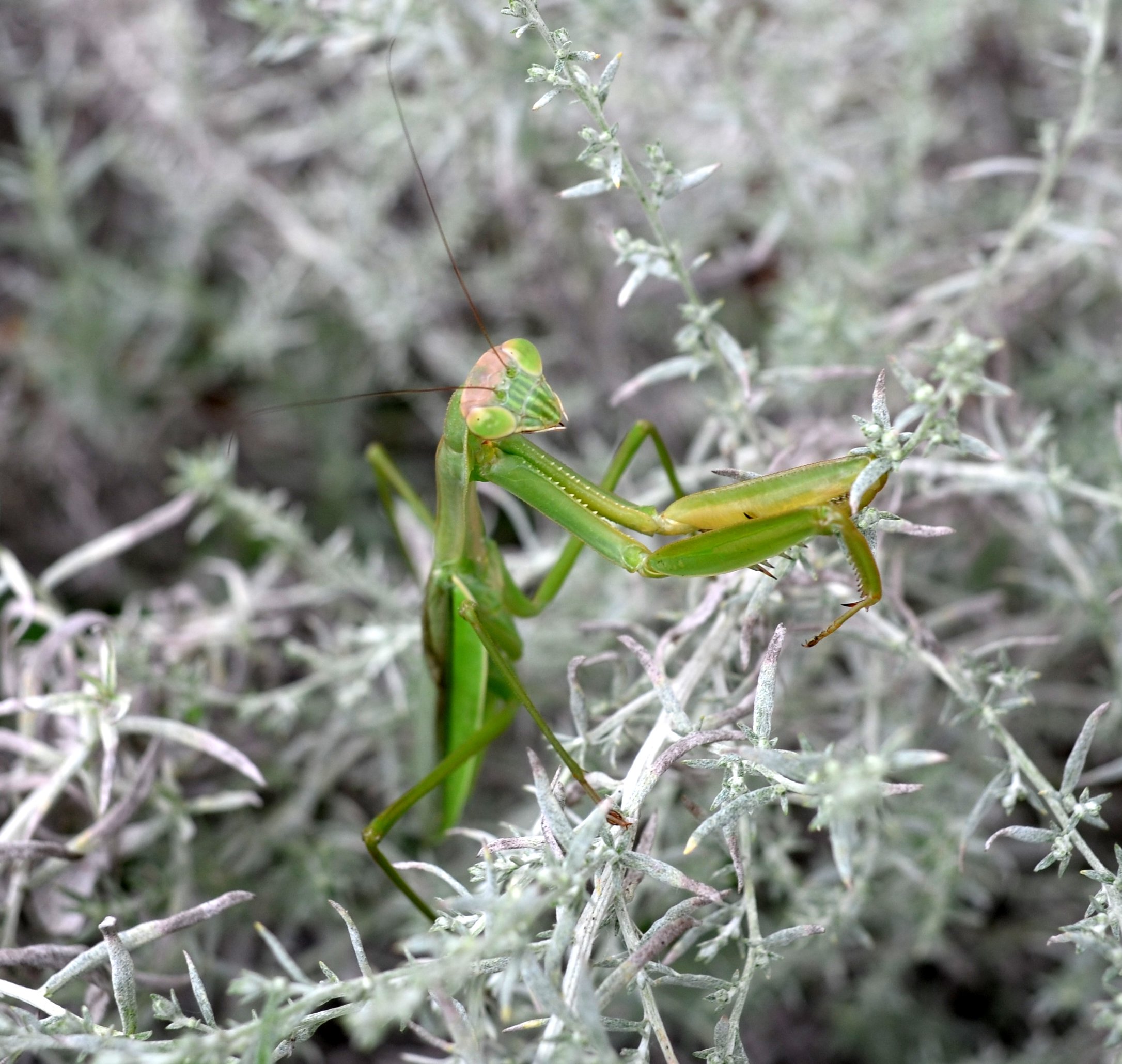
|
Mooooooooooo!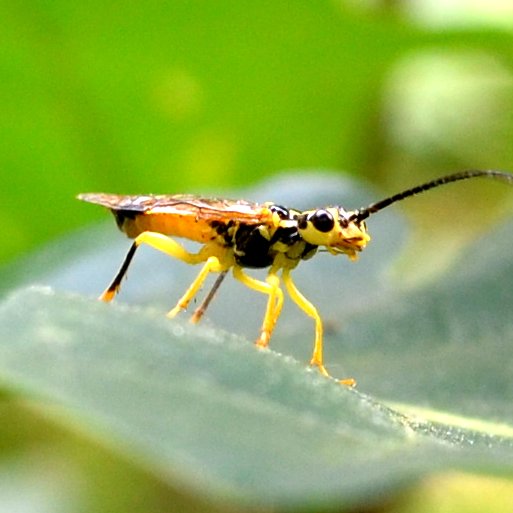
|
Ahh. Lunch is served!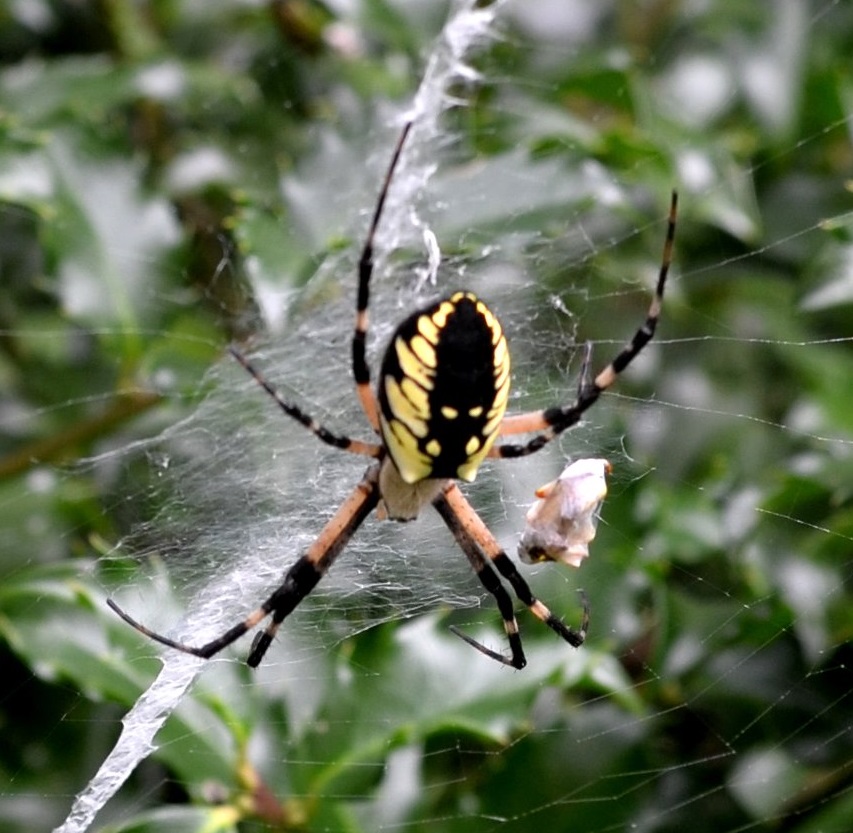
|
Why, hellO, Stranger.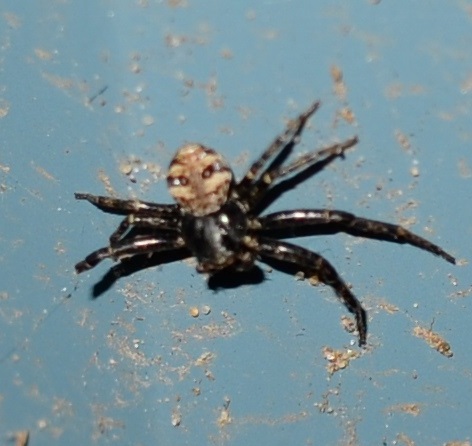
|
I tell you, Frank, no more in vitro! 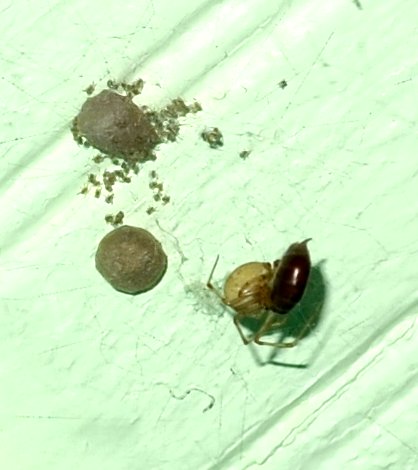
|
El Toro got into the neighbor's pasture!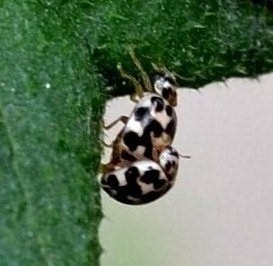
|
Guess who won the election..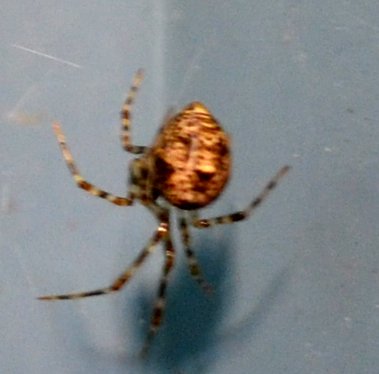
|
Whatever he says, I say. 
|